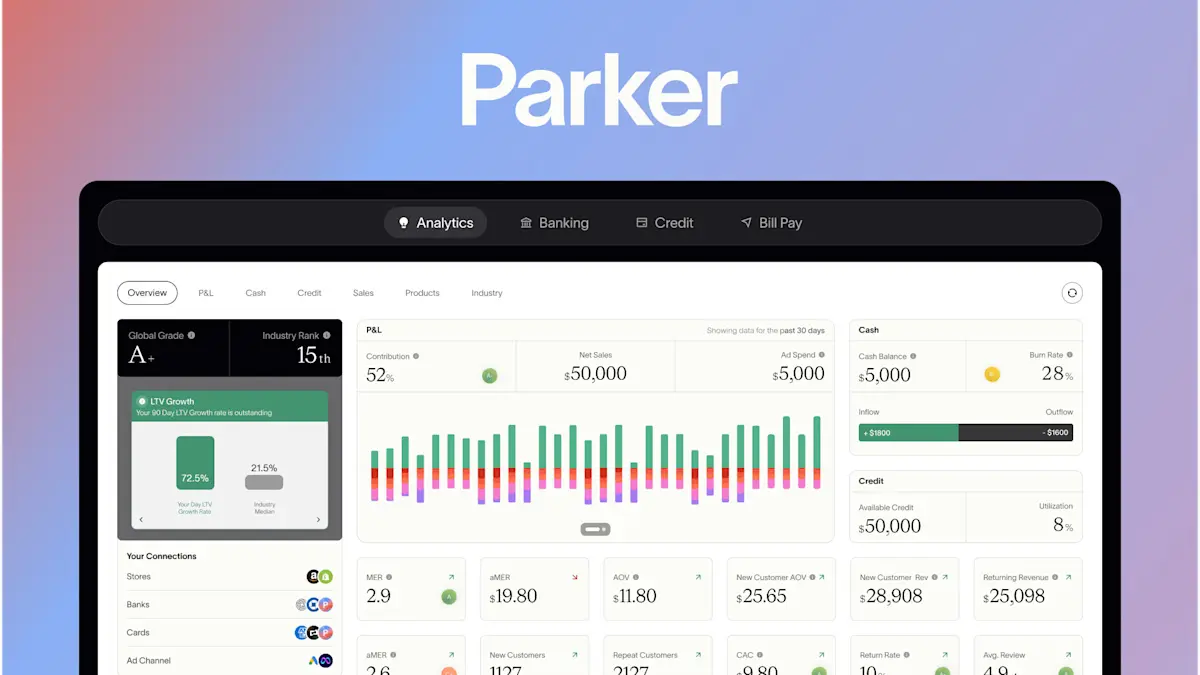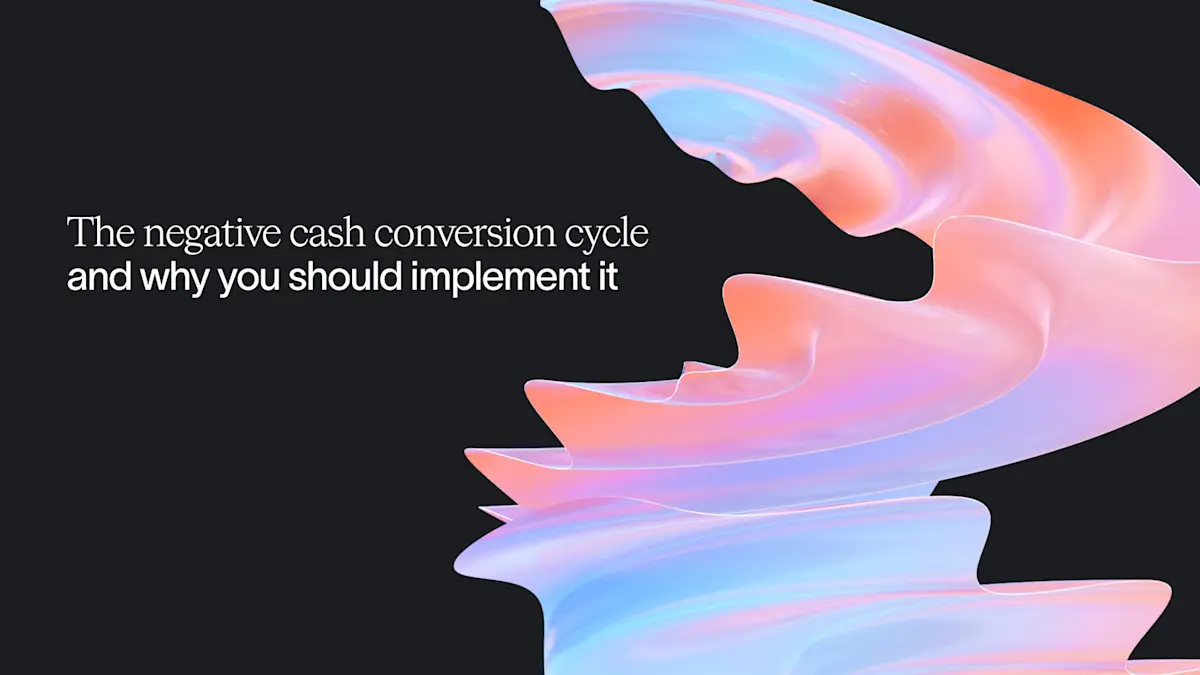Goldilocks Conviction

When most people think about “entrepreneurs”, they imagine one of two kinds of people.
On one hand, there’s the fair-weather founder. They get excited about an idea, sprint on it for a few weeks or months while novelty remains, and then, right when the going gets tough, they ultimately give up.
On the other, there’s the visionary founder archetype. This founder has a clear vision for what they want to build. Maybe it’s realistic, maybe it’s delusional. Either way, they have seemingly unlimited conviction.
The media glorifies this latter archetype. Figures like Steve Jobs or Adam Neumann are bathed in attention, some good and some bad. Nonetheless, those stories often send the message that having more conviction is better when starting a company.
But conviction is not a binary between those two founder archetypes. I’m here to tell you that the middle ground is the best place to be in building a company. This is what I call Goldilocks Conviction. Let me explain.
What conviction really means
I like to think of conviction as a temp check.
When it’s cold, you’re low conviction. Perhaps you’re making progress, but you aren’t getting much positive feedback. You’re not sure about your product and it’s easy to pivot to the next shiny idea or just give up.
When it’s hot, you’re high conviction. You’re absolutely certain what you’re doing will work. So much so that you may even ignore external feedback.
And then there’s a third temperature in the middle. Goldilocks Conviction. Not too hot, not too cold. Just right. This is a healthy level of conviction grounded in reality.
Now why exactly is this so important? Long story short, both extremes on the conviction thermometer cause blindspots. Studying these extremes can teach us valuable lessons about how to move toward realistic levels of conviction.
Before we dive in, it’s important to note that this model for building conviction applies mostly to the earliest days of company building. Things change and become more complicated to evaluate later on.
A study in low conviction
When we first started building what eventually became Parker, we were a textbook example of low conviction. Our product was an analytics tool, but we weren’t confident about it. How could we have been? Our goal was to build something huge and our little product was barely cash flowing.
In hindsight, we were looking at the wrong things. We had users, and we were getting two very positive signals from them: they were giving feedback and asking us to fix things. They were invested in using the product.
We were unnecessarily low conviction because we were focusing on the wrong things for our business.
Cashflow is a helpful metric for service based businesses like agencies. If you’re starting an agency, you can launch, sign clients, and start making money from day one. If you’re not making money as an agency, you should be concerned. This is a properly calibrated conviction.
For product based businesses like what we were building though, things happen differently. You might spend countless hours talking to users, building, and iterating before seeing a dollar of revenue. If you were to evaluate your business the same way as a service provider you’d likely view it as a bust. In reality, product businesses just have a much slower revenue feedback loop at the start. But there are other things you can look for instead of cash.
Pick the right metrics to watch.
Here are a few quantitative things to track in the early days:
- Growth rate. If you make $1k this month, $2k next month, and $4k the month after that, you’re growing 2x month over month. $4k may not be a ton of money, but trajectory matters more than total revenue early on. Growth is a great reason to have conviction and stick it out.
- The number of ways people are finding your product. If you’re consistently getting new customers from different places, your product is probably getting enough pull from the market the you should feel good about it.
- Engagement and usage metrics. Pay attention to numbers that show how people join, use, and stick around on your product. But beware of vanity metrics. For example, having high DAUs is a reason to have conviction, but a total user count with low engagement is not.
Look at the right things and you’re less likely to give up too early. If you have strong evidence in all three of the above buckets, you should probably raise your conviction.
The problem with high conviction
Having high conviction (without objective evidence) is like driving with blinders on. The occasional savant may be able to win a race with this approach, but you shouldn’t bet your business on it.
When I was in YCombinator, I saw countless founders spend years working on something nobody wanted.
These founders had unfounded high conviction. They were so confident in their vision that they ignored the obvious signs that nobody wanted what they were building.
There’s certainly value in being confident. But if you’re also out of touch with reality, you increase your odds of spending years working tirelessly on something, convinced of its value, only to realize nobody else sees what you see.
The good news is, when you have high conviction, there’s a process you can follow to make sure you’re not crazy. The steps are similar to those you’d use to validate your product.
How to validate your level of conviction
When you’re confident about an idea, validate your conviction one step at a time:
- Build something you want.
- See if people in your network find it valuable.
- Test if strangers are willing to pay for it.
Let's explore each step further.
1. Build something you want.
This is best done by scratching your own itch. If you create something that has value to you, then that’s a baseline level of guaranteed conviction you can have. At the very least, your product is valuable to one person.
With Parker, Milan and I had a distinct pain point to solve from our ecommerce experience. This gave us our first point of conviction.
2. Convince friends to use your product
This step only applies if your friends actually have the problem you’re trying to solve.
When we were building Parker, we reached out to all our ecommerce founder friends. We gave them the product for free and watched their usage closely. Fortunately, they did.
We ignored friends who weren’t our target audience (like first-time founders).
Once you give out your product to friends, see if they continue using it. If 75% of them stick around on the product for more than a month, that’s a really positive sign. If they give you feedback and ask you to fix things in your product, that’s also a great sign. Both of these mean what you’ve built is important to them.
On the other hand, if friends (who are in your target audience) stop using your product after a month or say they wouldn’t pay for it, you might need to go back to the drawing board.
3. The final test: What do strangers think?
You've built something you want. Your network wants to use it. Here's the final test:
Get feedback from strangers.
If people who don’t know you want to use what you’ve built and give you money, you’re on the right track.
If your product fails any of the above three tests, you may have the wrong level of conviction.
There are also some common signals from the market that might be reasons to have low conviction. Some of these are:
- It feels impossible to grow
- It’s hard to acquire customers profitably
- Every single user is churning
These signals don’t mean you’re doomed to fail, but you should be realistic if you see these things. They reveal an important insight: something about what you’re doing needs to change to address the problem.
Find your goldilocks conviction—and listen to it
Many people let conviction develop subconsciously and guide them blindly throughout their company journey. If you can calibrate it properly though, you put yourself at a great advantage.
Raising your conviction if it’s too low will give you the energy to keep pushing on something promising, increasing your odds of success.
Lowering your conviction if it’s too high means you won’t deceive yourself. If your product isn’t as good as you thought it was, it gives you the opportunity to actually work on improving it until it is. Or in extreme cases, to avoid wasting time on an idea the market will never be able to support.
And keeping an eye on your conviction levels throughout your journey, and whether they’re reasonable, is a great way to keep your finger on the pulse of your company.
That’s the magic of Goldilocks conviction.
Related Articles
Ready to Join the Financial Revolution?





